
If your freezer is working, but your refrigerator isn’t, don’t worry. There are a few things you can do to try and fix the problem. In this blog post, we’ll walk you through some of the most common causes of this issue and what you can do to try and solve it.
Check if the fridge is plugged in
If you find that your refrigerator is not working, the first thing you should do is check to see if it is plugged in. Sometimes the power cord can become loose, so make sure that it is securely plugged into the outlet.
If the refrigerator is still not working, you may need to reset the circuit breaker. To do this, locate the circuit breaker box and find the breaker that corresponds to the refrigerator. Once you have found the right breaker, switch it off and then back on again.
If the fridge still does not come on, you may need to call a qualified technician for further assistance.
Make sure the fridge door is closed properly
The refrigerator is one of the most important appliances in the kitchen. It keeps food cold and fresh, preventing spoilage and foodborne illness.
Cooling is an essential part of the refrigerator and relies on a simple but important mechanism to function properly: the door seal. This seal helps to keep cold air in and prevent warm air from entering, ensuring that food remains cold. When the door seal is damaged, or not properly seated, the refrigerator will have to work harder to maintain its temperature, leading to higher energy bills and, ultimately, shortened appliance life.
To ensure that your refrigerator is functioning properly, make sure that the door is closed tightly and check the door seal regularly for signs of wear and tear. By taking these simple steps you can help extend the life of your fridge and keep your food safe.
Reset the fridge’s thermostat
If your fridge isn’t keeping food cold enough, the thermostat is one of the first things you should check. The fridge won’t run long enough to cool down properly if it’s set too low. Fortunately, resetting the thermostat is a fairly simple process.
First, locate the thermostat control knob and turn it to the “Off” position. Next, unplug the fridge from the wall outlet and wait for five minutes. Then, plug the fridge back in and turn the thermostat control knob to the appropriate setting, about 37 degrees Fahrenheit. Finally, give the fridge 24 hours to reach its optimal temperature. After that, your food should stay nice and cold. If you’re still having trouble, it’s best to consult a qualified refrigerator repair technician.
Clean the coils on the back of the refrigerator
The coils on the back of your refrigerator play an important role in keeping your food cold. These coils are responsible for transferring heat away from the fridge; over time, they can become covered in dust and dirt.
If the coils are not cleaned on a regular basis, they will eventually become clogged and will not be able to transfer heat effectively. As a result, your fridge will have to work harder to maintain the proper temperature, which can lead to increased energy bills and shortened appliance lifespan. Fortunately, cleaning the coils is a simple and easy task that only takes a few minutes.
First, unplug your fridge from the power outlet. Next, use a vacuum with a long attachment to clean any dust and dirt that has built up on the coils. Finally, use a coil or stiff-bristled brush to remove any stubborn debris. Once you have finished cleaning the coils, simply plug your fridge back in and enjoy the peace of mind that comes with knowing it is running efficiently.
Defrost the freezer if it’s frosted over
Part of how a fridge-freezer combination works is that excess cold air flows from the freezer to the refrigerator. If your freezer is starting to frost over, it’s time to defrost it. Frost buildup can reduce the airflow, meaning that not enough cold air can get to the refrigerator. Plus, it can add extra strain on the motor, which can lead to costly repairs.
To defrost your freezer, start by unplugging it and removing all the food. Place a towel at the edge of the door to absorb the water. Leave the freezer alone for several hours with the door open to let the ice melt completely. Once the ice is melted, wipe down the interior with a mild soap and water solution. Finally, dry the freezer thoroughly before plugging it back in and adding food.
Defrosting your freezer regularly will help to extend its lifespan and keep it running smoothly.
Check the damper control
The damper control in a refrigerator regulates the amount of air that flows into the fridge. By controlling the airflow, the damper helps keep the fridge’s air at a consistent temperature. If the airflow is too low, the air inside the fridge can become relatively humid, causing condensation and frost buildup. Conversely, if the airflow is too high, the fridge will have to work harder to maintain a consistent temperature, resulting in higher energy bills.
To ensure that your fridge is operating efficiently, it’s important to check the damper control periodically. If you notice that the control is stuck in one position or seems to be stuck closed, you may need to clean or even replace it, which will require a repair technician to help.
Fortunately, most newer refrigerators have self-cleaning controls that make it easy to keep your fridge in good working order.
If your refrigerator isn’t working as efficiently as it should, you can check a few things before calling a technician. First, ensure the fridge is plugged in, and the door is closed properly. If the freezer is frosted over, defrost it. You should also clean the coils on the back of the refrigerator and check the damper control. If all of these things are in order, reset the fridge’s thermostat and see if that solves the problem.

How to Reset a Whirlpool Refrigerator Ice Maker
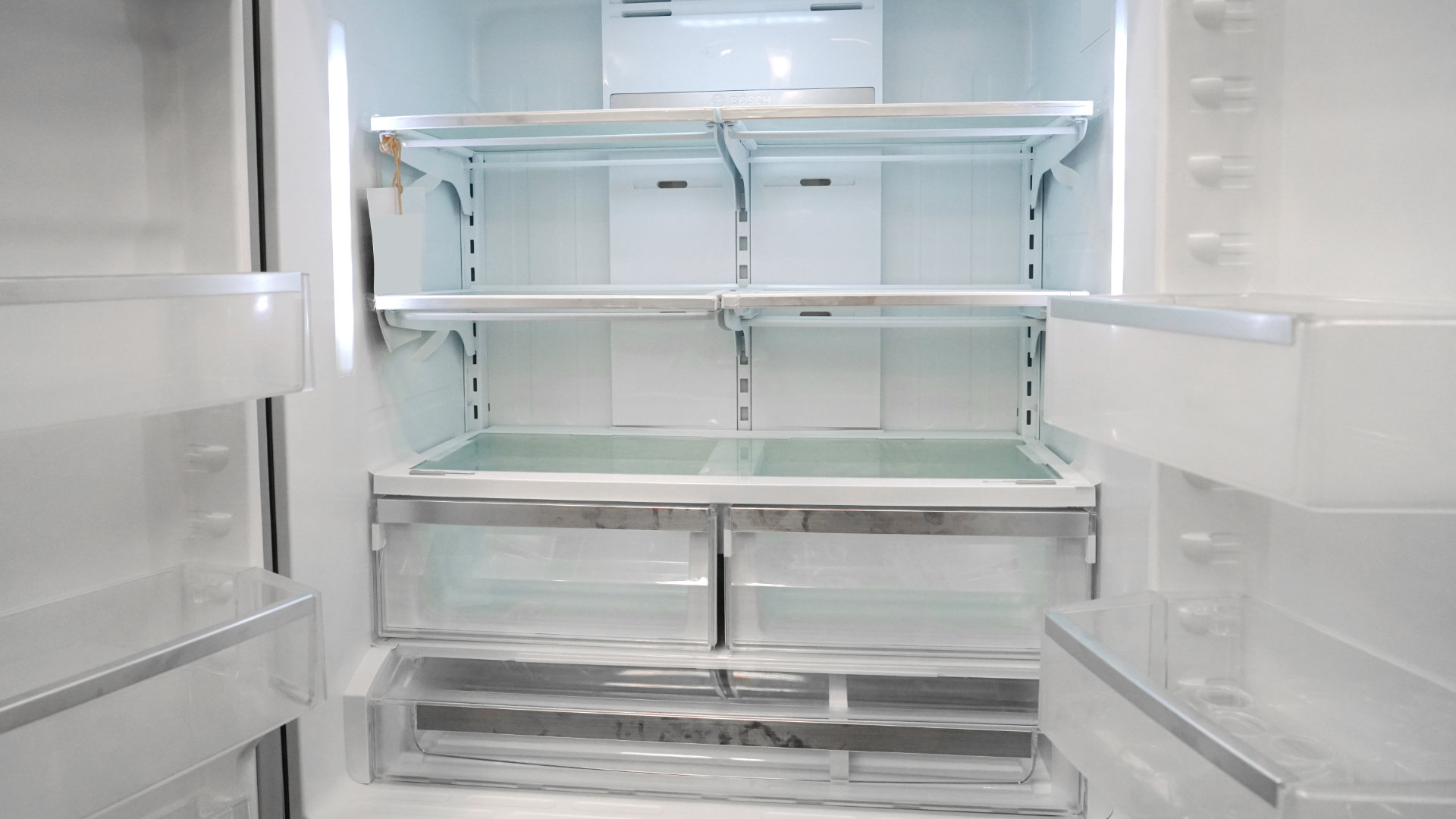
6 Reasons Your LG Refrigerator Is Not Making Ice

Kenmore Fridge Ice Maker Not Working? 5 Ways to Fix It
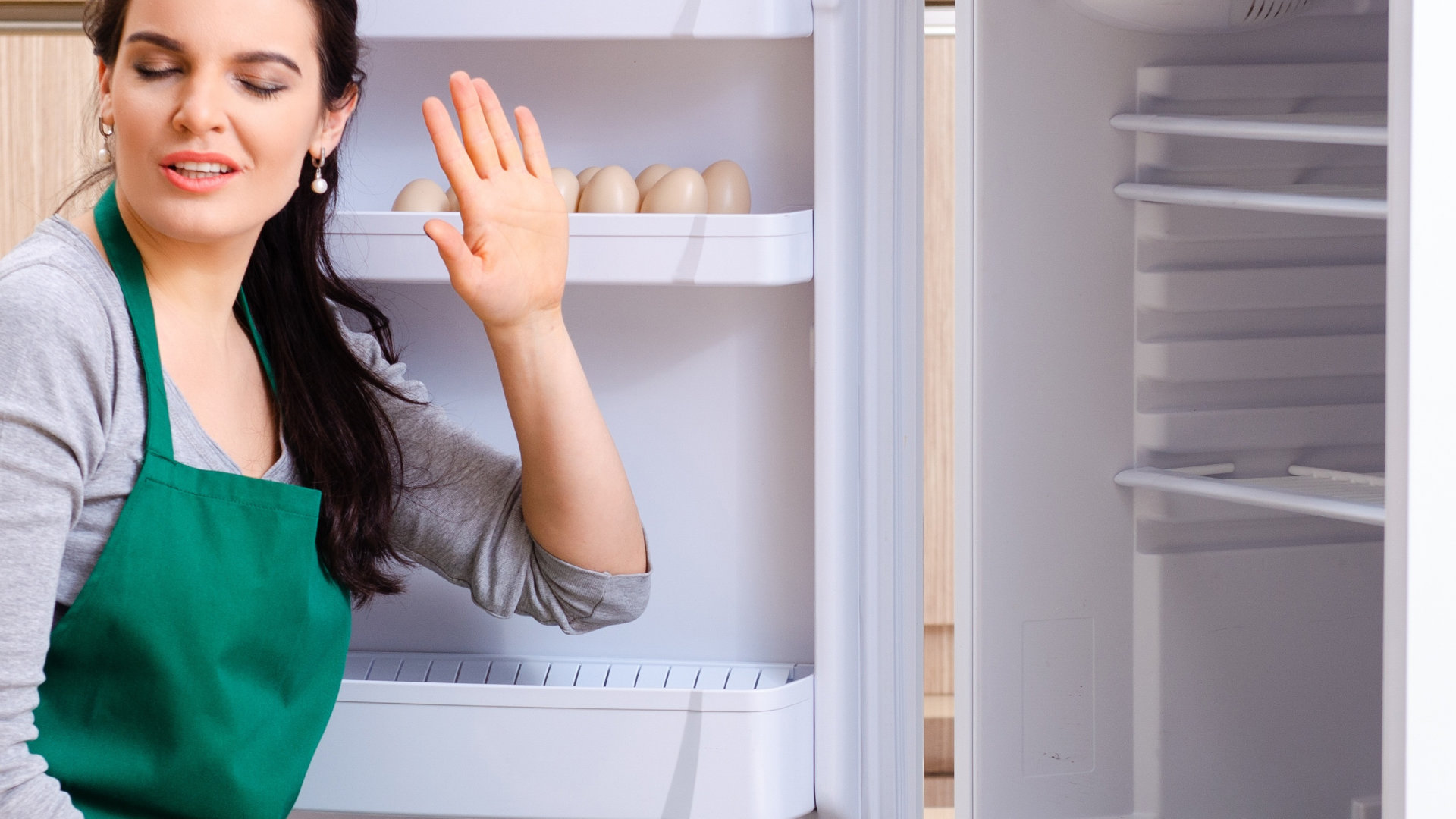
How to Remove Fish Smell from Your Refrigerator
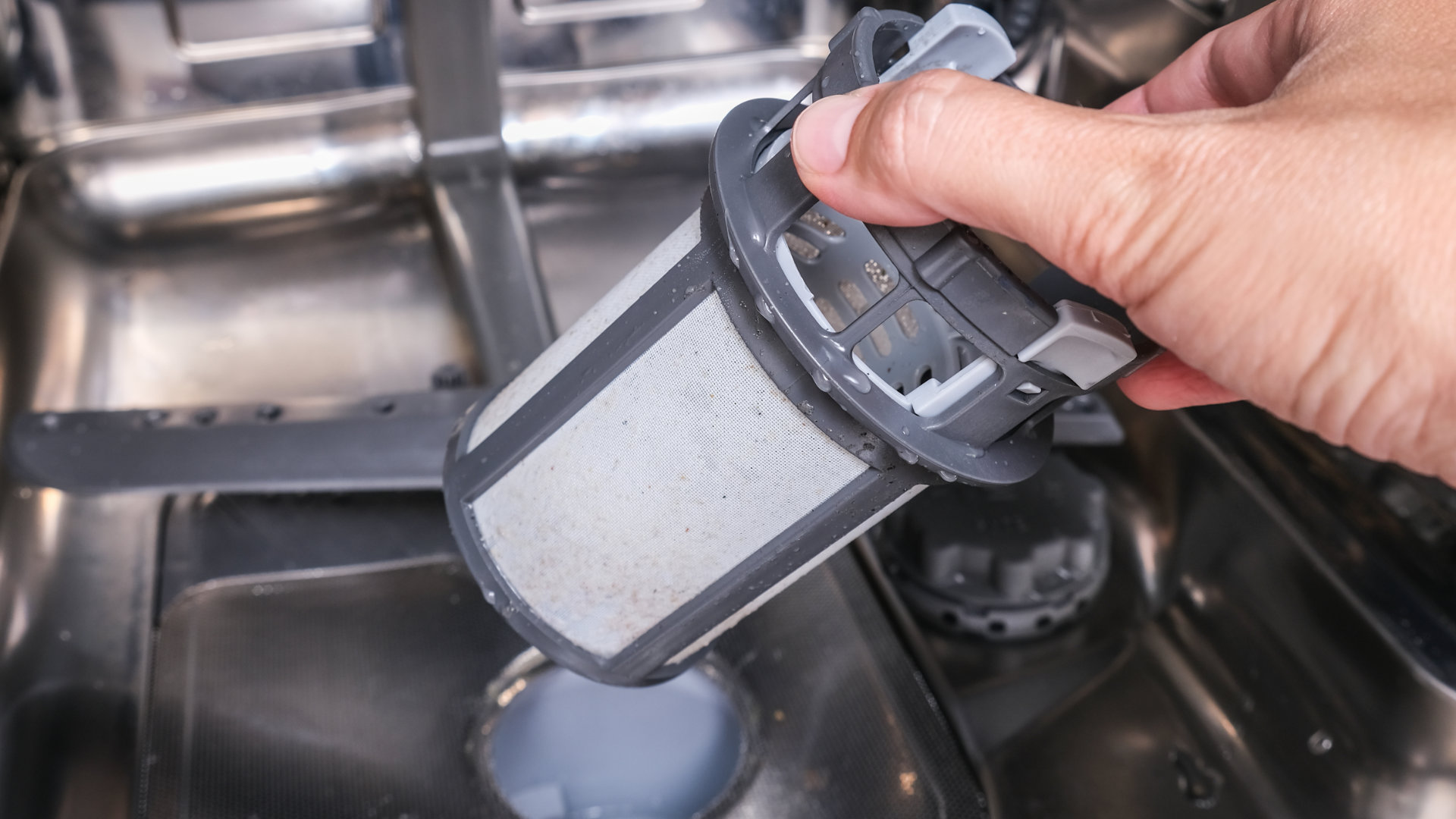
How To Fix Bosch Dishwasher E24 Error
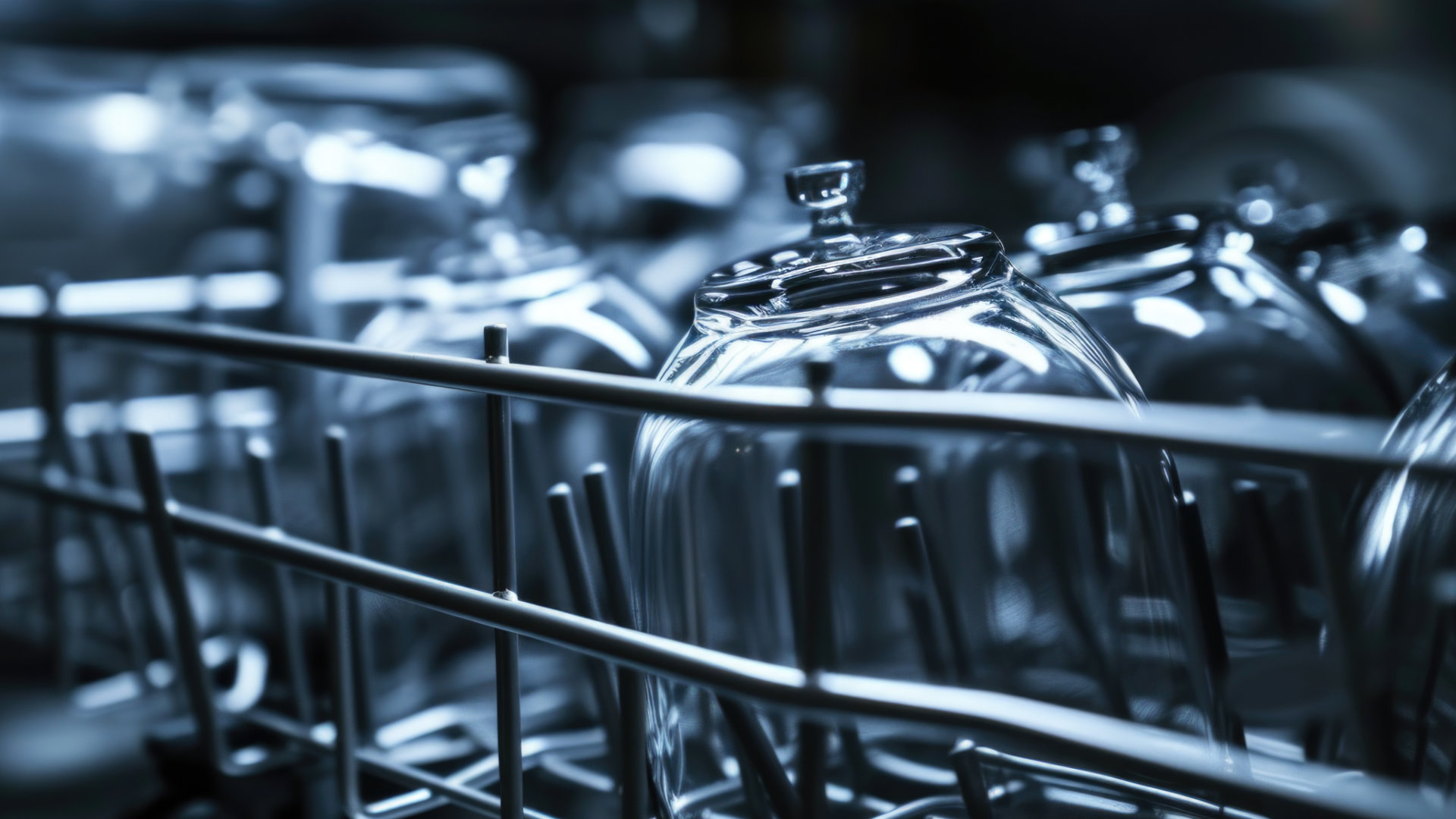
Troubleshooting a Whirlpool Dishwasher Not Draining

Why Is Your Fridge Water Not Working, but Ice Is?

How to Fix the E15 Bosch Dishwasher Error Code

How Much Power Does a Microwave Use?

How to Properly Clean Refrigerator Coils
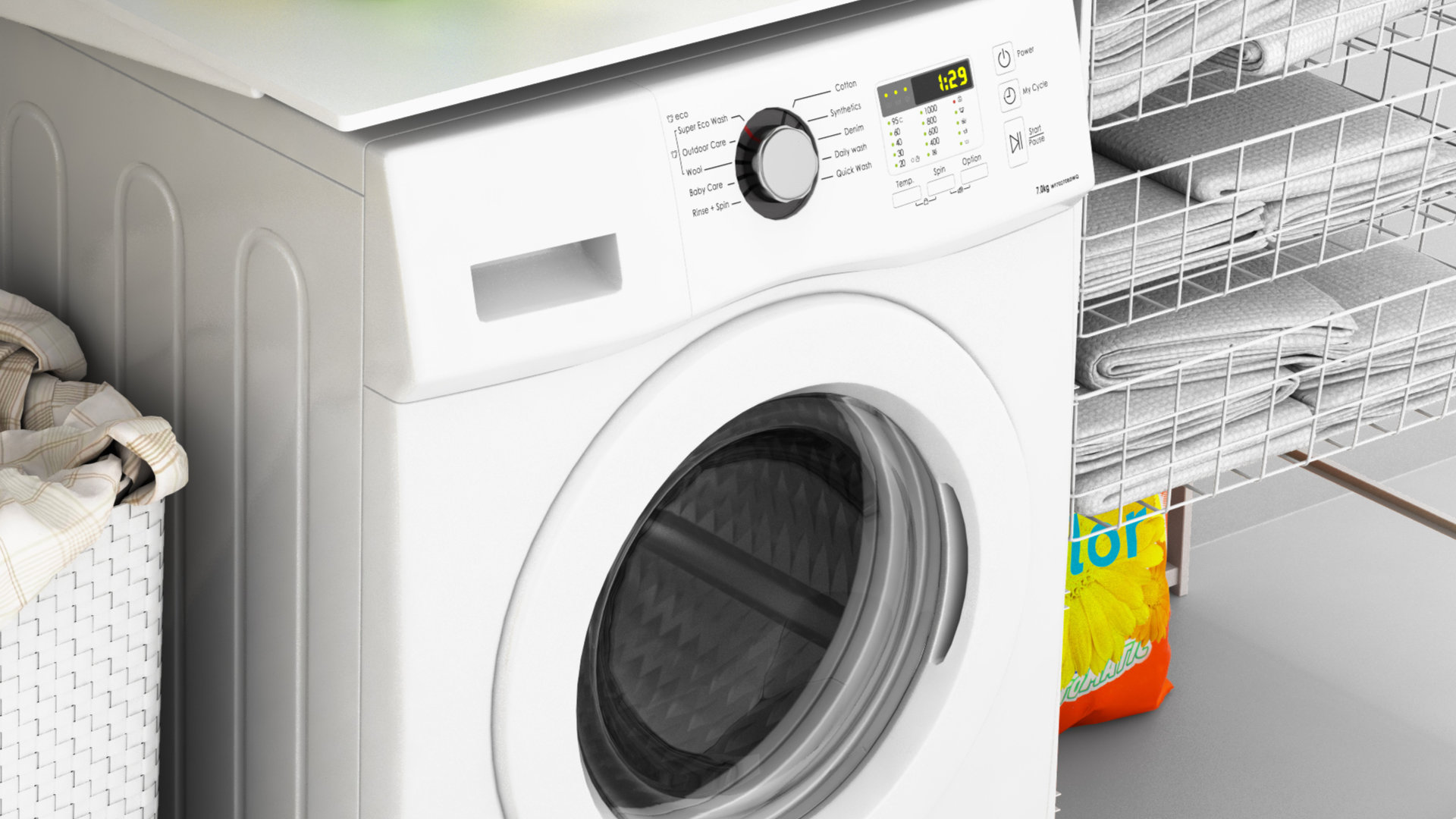
How to Fix an LG Washer Showing OE Error Code

Troubleshooting a GE Dishwasher with No Power and No Lights

10 Reasons Why Your Bosch Dishwasher Won’t Start

Troubleshooting the F5 Error Code with a Maytag Washer


